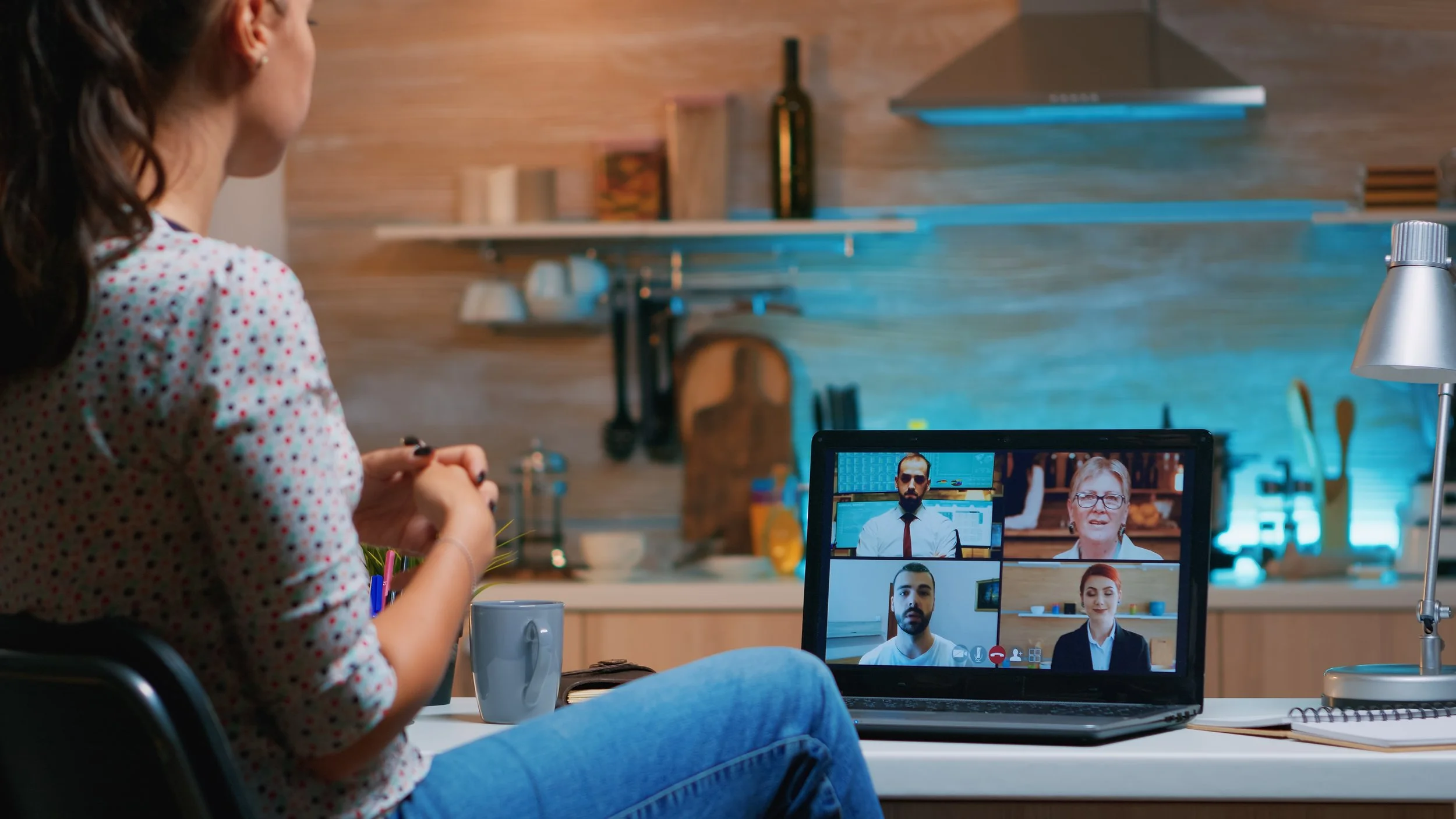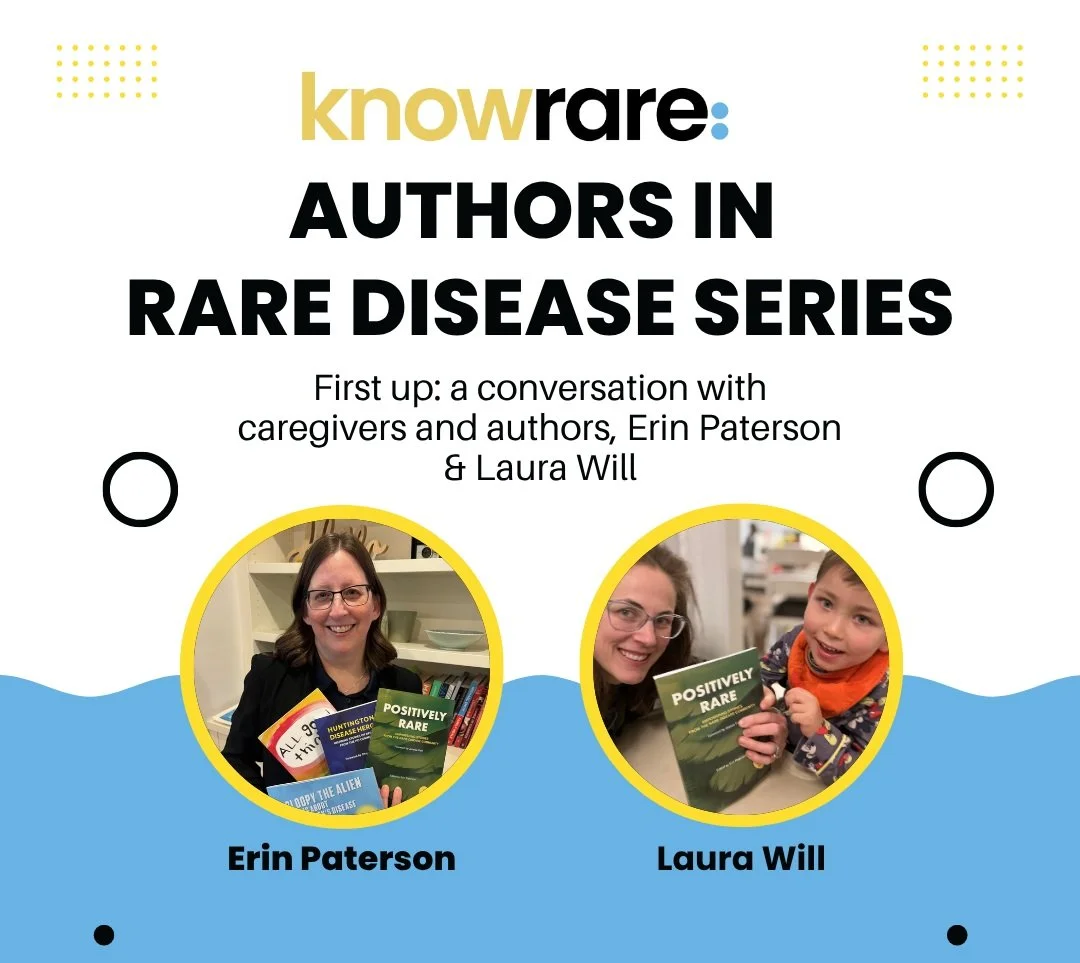Changemaker in Rare: Mary Kay Koenig, M.D.
To truly understand the intricacies of a rare disease, it takes a rare type of doctor. Get to know the specialists who are at the forefront of rare disease research with our series, Changemakers in Rare.
Mary Kay Koenig, M.D., Pediatric Neurologist
Dr. Mary Kay Koenig is a physician with many interests, from chemistry to neurology to children's care—but at the beginning of her medical career, she never could have guessed that mitochondrial medicine would be the specialty where all of her passions intersected. In 2007, Dr. Koenig (who is the Director of the Center For The Treatment Of Pediatric Neurodegenerative Disease and Endowed Chair Of Mitochondrial Medicine at The University of Texas Health Science Center at Houston), established the UT Mitochondrial Center of Excellence in Houston, where she leads a team of clinicians and researchers in conducting cutting-edge research and providing medical care to both children and adults affected by mitochondrial disorders. Read on to hear about her road to rare disease research and how she’s adapted her practice to the impacts of the pandemic.
How did your educational and professional pathway lead to your specialty in mitochondrial disease?
“I wanted a career where I could really get to know my patients…I’m in an environment where I have the opportunity to go through this journey with them, and I find that very rewarding.”
Like most people, I don't think I knew what I wanted to do when I was a kid. Maybe I thought I knew, but I really didn't have much of an idea! I knew coming out of high school that I wanted to focus on science. I went to the University of Texas at Austin, where I got an undergraduate degree in biochemistry. I was really fascinated by the way chemistry works inside a human's body, and how that influences health and our lives. Following that, I went to Texas State University, where I got a master's degree in microbiology. From there, I didn't really know which path to take. I actually started teaching for a few years—I taught at Austin Community College—and that's where I really found my passion for medicine. I fell in love with mitochondrial disease, and it kind of tied everything together. Now, I'm able to work with chemistry, I'm able to work with neurology, I'm able to work with children, and I just really enjoy what I'm doing.
How did you get your program off the ground?
It started with an idea. I still remember the day I went to my new boss and said, “I want to open a mitochondrial clinic.” And he said to me, “You don't have enough patients to open a mitochondrial clinic.” I said, “I think I will if I do…just let me try.” Our first clinic opened in 2007—it was based on faith. I had said, “I think I can do it,” and my boss believed in me and said, “I’ll let you try.” We started seeing patients one half-day a month, and after a few months, that clinic was so full that we expanded to two half-days a month. We quickly grew to have a full-time mitochondrial clinic, and I stopped seeing other neurology patients—I was so busy. It was the old adage: “If you build it, they will come.” Pretty quickly, we started getting a lot of patients, and so I needed to bring on a full-time nurse. We got very interested in research and so we started looking to bring on a research associate. Our clinic center has just continued to grow—we currently have positions for three nurses, we have three full-time research coordinators, we have our research director, we have [our director of] clinical operations, we have an office director of operations, we have another neurologist who specializes in movement disorders, and we also have a social worker who's become part of our program.
How has the pandemic affected your area of healthcare? And what is the new normal for mitochondrial disease research, and clinical visits for your specialty?
The pandemic has had a great impact on healthcare in general. When we first realized how bad things were in the United States, the majority of the healthcare system—as well as the research system—shut down, and that created a void in two very distinct areas, but both very important. From a research perspective, a lot of our ongoing clinical trials had to stop because patients couldn't get to the clinical sites to perform their study visits. We still don't know what impact that's going to have in the long run on the clinical trials that we've been running, and as far as being able to assess the efficacy of treatments that we've been testing. I'm happy to say that we have found a way to mitigate the risks for our patients, and we have reopened clinical research in a way that we feel is safe, and [we are] still able to assess the medications and the therapies that are being developed. So we are moving forward in that arena, and hoping that we can get back to where we were just a few months ago. From a clinical standpoint, we also shut down, for the most part, all of our elective clinical visits, as well as elective clinical procedures for several months. Thankfully, our offices were able to get a telemedicine program up and running relatively quickly, which enabled us to stay in close contact with our patients. So we were still able to provide them with medical services and medical care. Unfortunately, there are a lot of people who are still afraid to come into medical systems to get labs drawn, to see their physicians, to have necessary procedures performed—and we're realizing more and more every day what a detrimental impact that's having on people's health. So I'm hopeful that people will begin to reutilize the medical system in a way that is safe and careful so that they can continue to access these necessary elective medical needs.































